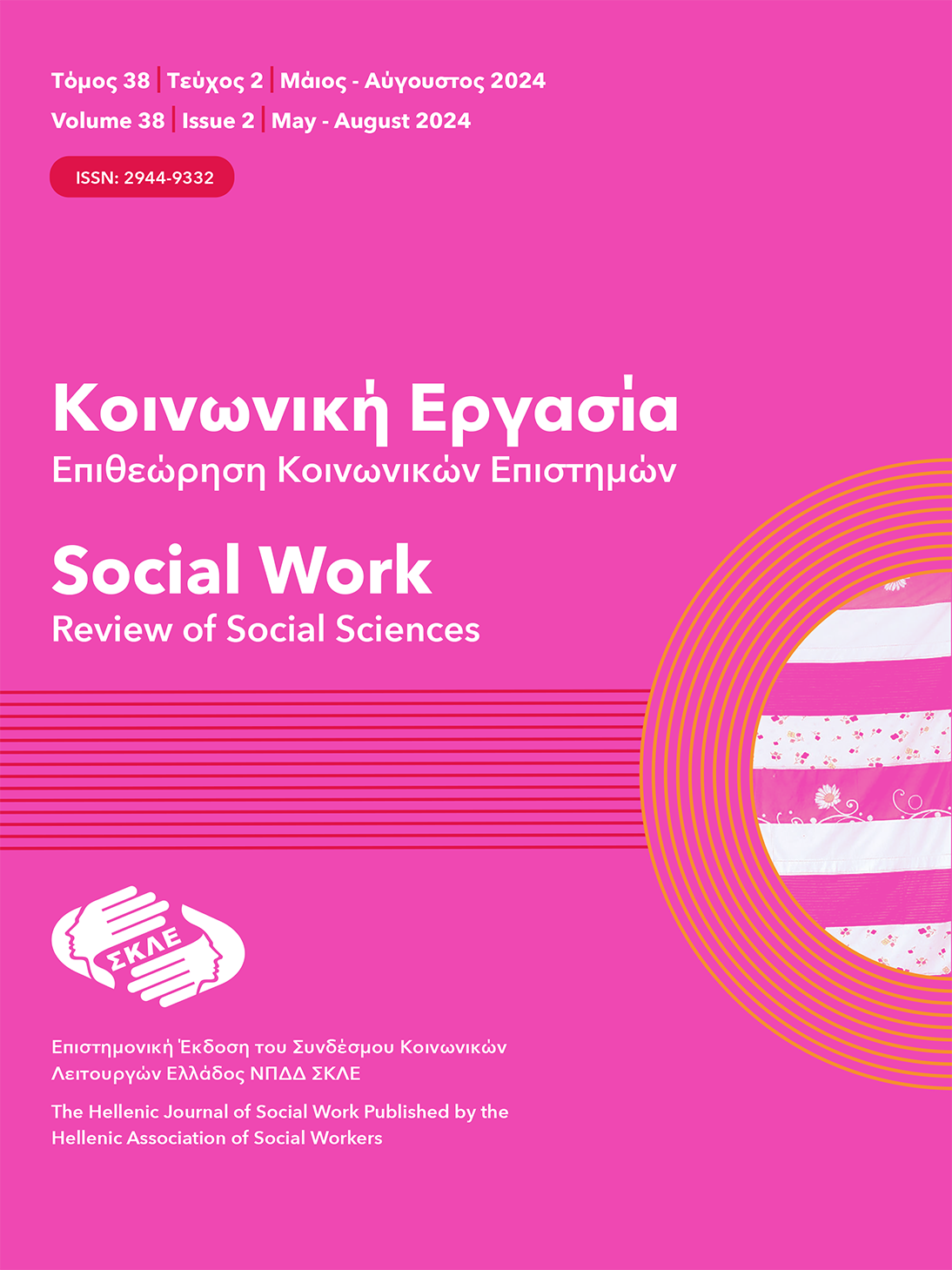Σεξουαλική κακοποίηση μέσω εικόνας ως μορφή έμφυλης βίας στο διαδίκτυο. Ανάδυση στοιχείων σεξισμού και ενοχοποίησης θύματος στον αφηγηματικό λόγο των ανήλικων δραστών

Περίληψη
Η σεξουαλική κακοποίηση μέσω εικόνας, αποτελεί μια αναδυόμενη μορφή κυβερνοβίας με βάση το φύλο, η οποία απασχολεί την επιστημονική κοινότητα παγκοσμίως. Το φαινόμενο έχει επηρεάσει και τους εφήβους, με τα αγόρια να εμφανίζονται συχνότερα ως δράστες και τα κορίτσια ως θύματα. Οι πληροφορίες όμως για την εκδήλωση της συγκεκριμένης συμπεριφοράς, προέρχονται κυρίως από την πλευρά των θυμάτων, ενώ απουσιάζουν σχετικές μελέτες από την πλευρά των δραστών. Η παρούσα μελέτη προσπαθεί να διαχειριστεί αυτό το κενό σχετικά με την έμφυλη βία, που προκύπτει από την μέχρι σήμερα έλλειψη μελετών σε στοχευμένο δείγμα εφήβων δραστών. Πιο συγκεκριμένα, αναφέρεται στην διερεύνηση στοιχείων σεξιστικής ιδεολογίας καθώς και ενοχοποίησης θύματος στον αφηγηματικό λόγο ανήλικων αγοριών, δραστών σεξουαλικής κακοποίησης μέσω εικόνας, ηλικίας 15-17, αξιοποιώντας ημιδομημένες συνεντεύξεις. Οι δράστες έχουν τη τάση να υποτιμούν τις πράξεις τους και να μην αναγνωρίζουν τη σοβαρότητα του προβλήματος. Στοιχεία σεξισμού και στερεοτύπων φύλου κυριαρχούν στο λόγο τους, ενώ τα κορίτσια αποδέκτες της διαδικτυακής κακοποίησης, σχετίζονταν με τους δράστες κυρίως ως σύντροφοι, αναδεικνύοντας ότι η βία στον κυβερνοχώρο σχετίζεται με τη βία στο φυσικό κόσμο. Η παρούσα μελέτη συνέβαλε στην ανάδειξη και κατανόηση συμπεριφορών έμφυλης βίας από τους εφήβους στο κυβερνοχώρο.
Λεπτομέρειες άρθρου
- Πώς να δημιουργήσετε Αναφορές
-
Μπράνη Α. (2024). Σεξουαλική κακοποίηση μέσω εικόνας ως μορφή έμφυλης βίας στο διαδίκτυο. Ανάδυση στοιχείων σεξισμού και ενοχοποίησης θύματος στον αφηγηματικό λόγο των ανήλικων δραστών. Κοινωνική Εργασία. Επιθεώρηση Κοινωνικών Επιστημών, 38(2), 77–94. https://doi.org/10.12681/socialwork-rss.37424
- Τεύχος
- Τόμ. 38 Αρ. 2 (2024): 2/2024
- Ενότητα
- Άρθρο

Αυτή η εργασία είναι αδειοδοτημένη υπό το CC Αναφορά Δημιουργού – Μη Εμπορική Χρήση – Παρόμοια Διανομή 4.0.


